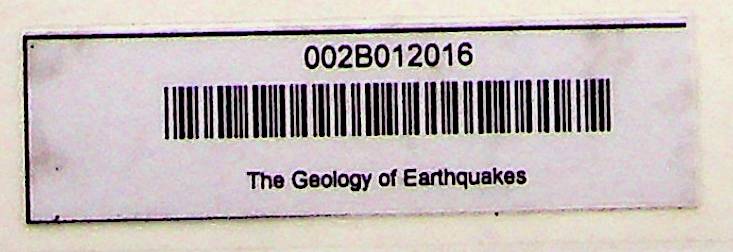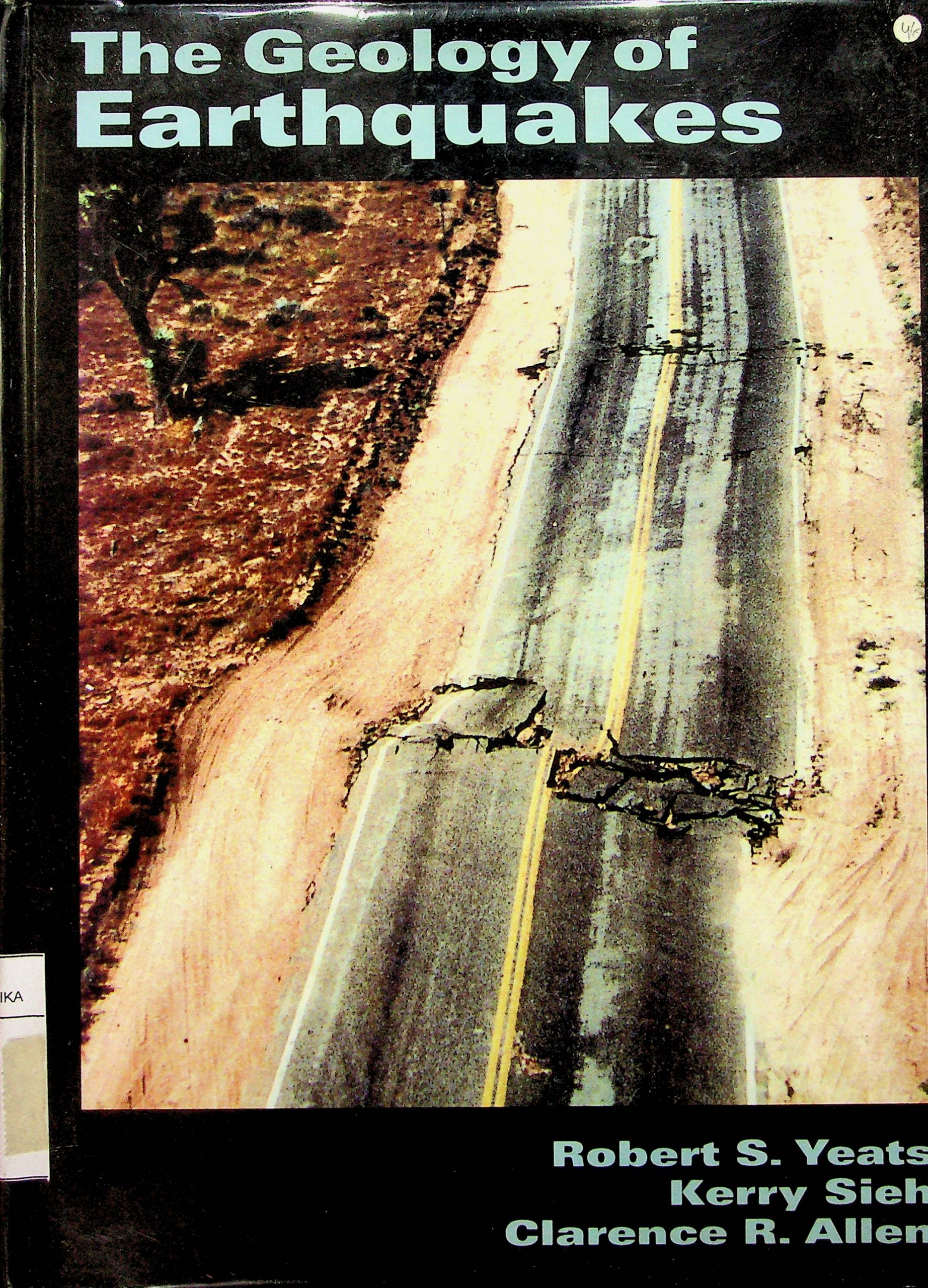The history of the practice of earthquake geology extendsmore than a century into the past, but it is still only a fledgling field as a modem discipline. In factmost of what we know has been learned only in thepast quarter century. And so it is not surprising thathis textbook is the first attempt to survey systematicallythe purposes, methods, and scientific principlesof the geological investigation of earthquakes.Our impetus for writing this book was, in part, thfrustration we felt in teaching, year after year, earthquakegeology classes without the benefit of a textbook.This book began, then, as so many do, as setsof lecture notes and class handouts for graduatecourses in earthquake geology. In 1986, we, togetherwith Professors Richard Sibson and David Nash, offereda short course in earthquake geology at the annualmeeting of the Geological Society of America inPhoenix, Arizona. The response to that course, as wellas to the requests of students in our universitycourses, led to our combining forces to write thibook. We hope that this will help our colleagues atother universities who also labor to teach this materialwithout the benefit of a textbook. A second motivationfor our effort was the need we perceived inindustry, in particular the geotechnical community,but also others involved in assessing the hazards posedby earthquakes, for a book that summarizes currentknowledge and methods and provides references to more detailed information. Charles Richter strongly influenced the philosophyof this book. His own book, Elementary’ Seismology.was written to be understood by a large readership,including geologists, engineers, and planners. Wewanted this book to be as useful and asunderstandableto a broad community as was his. Our challengewas to make the book useful to a non-geologist, whomight have no previous coursework in geology, withoutboring the geologist with introductory detail. Ourmethod in accomplishing this was to divide the book into a set of introductory chapters providing the nec essary background in geology (Chapters 1, 2, 3, 6, and7), seismology sensu stricto (Chapter 4), and geodesy(Chapter 5) prior to discussing the various environmentin which earthquakes occur. We also includeda Glossary to prevent scientific jargon from getting in the way of learning, particularly for a non-earth scientist.The book also includes an extensive bibliographyand a compilation of historical earthquakes withsurface faulting as resources to those readers whowish to pursue particular topics in greater depth.Our own experience with earthquake faults outsideNorth America and the work of our colleagues inother countries convinced us that the earthquake geologyof North America is not comprehensive enoughto provide an adequate coverage of the geological environmentof earthquakes. By selecting examples fromJapan, China, New Zealand, the Mediterranean region,and elsewhere, we include earthquake environmentsthat differ from those studied in North America. In addition,overseas studies add insights and analogs thatare relevant to conclusions about, say, the earthquakehazard facing southern California. We have drawn extensivelyupon the work of scientists outside NorthAmerica, who bring their own techniques and workingphilosophies to enrich our own.We have been assisted in these international exchangesby International Geological Correlation ProgramProject 206, Worldwide Characterization of MajorActive Faults, chaired by Robert Bucknam, DingGuoyu, and Zhang Yuming, and Inter-Union Commissionof the Lithosphere Task Group II-2, WorldMap of Active Faults, chaired by Vladimir Trifonov andMichael Machette, and Task Group II-3, Great Earthquakeof the Late Holocene, chaired by R.S.Y. andYoshihiro Kinugasa, with K.E.S. as a task-group member.Most of the chapters of the book were written by R.S.Y. K.E.S. wrote Chapter 8 on strike-slip faults, andC.R.A. wrote Chapter 13 on seismic hazard analysis. Each of us reviewed the chapters written by the others
5
The Geology of Earthquakes
Robert S. Yeats Kerry Sieh Clarence R. Allen New
Penerbit :
Oxford University Press, Inc.
Tahun :
1997
Buku Text
-
No Scan119
-
No Klasifikasi551,2'2
-
ISBN
-
ISSN
-
No Registrasi002B012016
-
Lokasi Terbit
-
Jumlah Hal29
-
Label551,2'2 Rob g
-
Versi DigitalTIDAK
-
Versi FisikTIDAK
-
Lokasi Rak Buku Fisik//
-
Jumlah Exemplar Fisik Tersedia-






